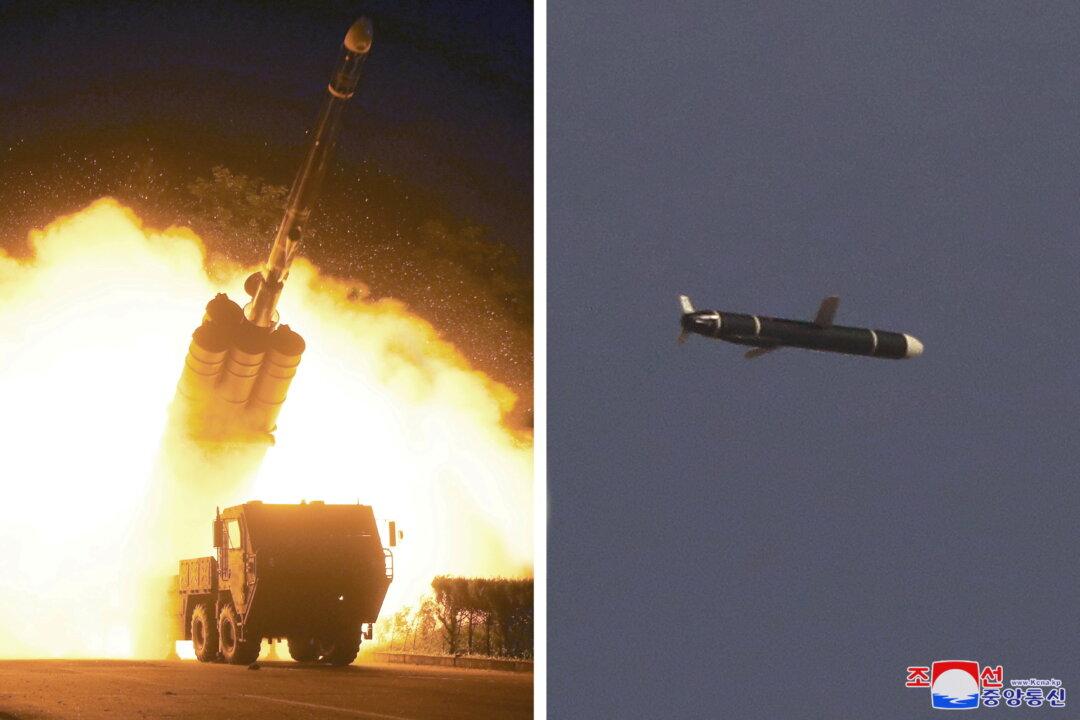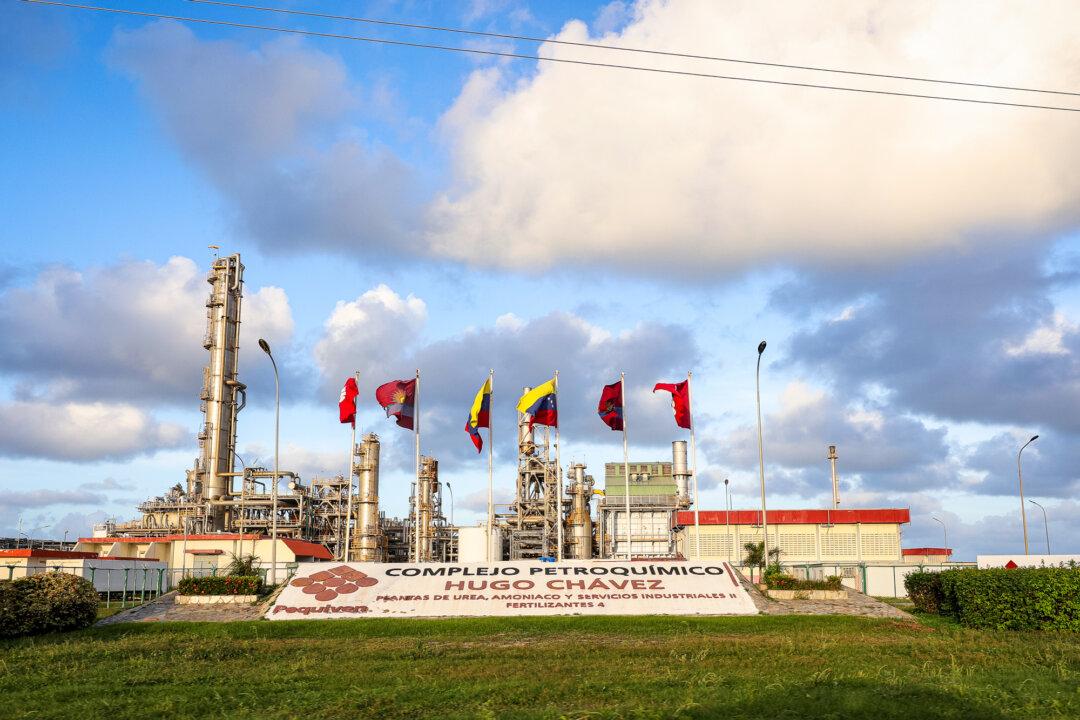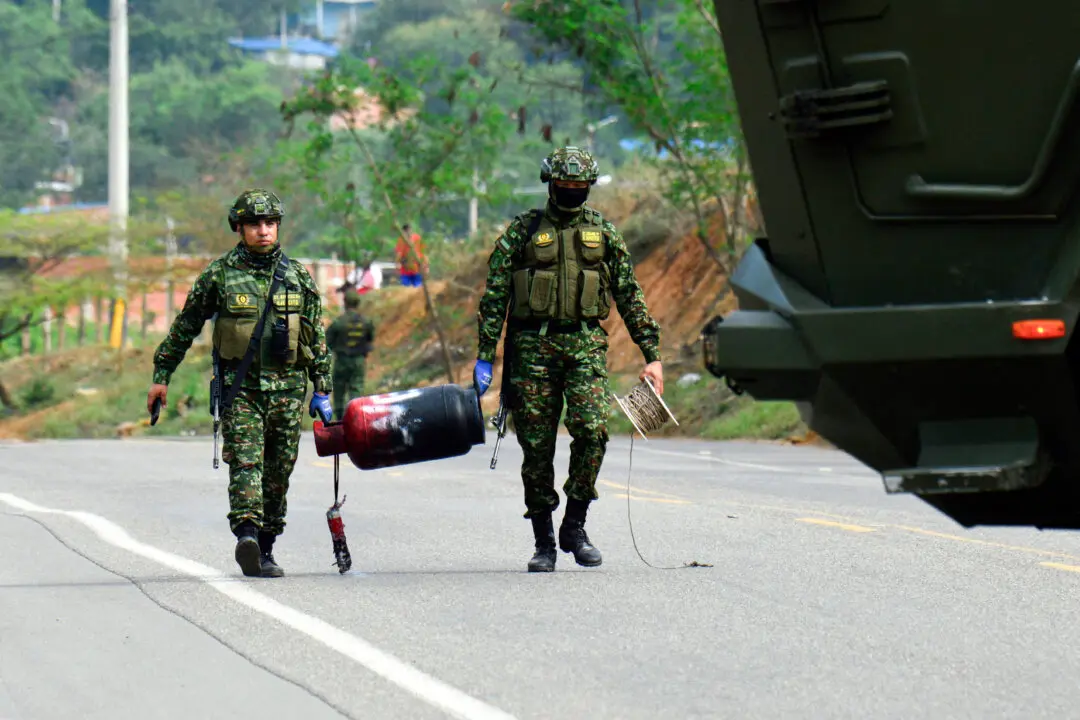North Korea announced on Sept. 13 the “successful” test of a new cruise missile that raised significant questions among military experts. One commented to The Epoch Times that China and Iran likely supported the development and manufacture of the missile.
“As China has assisted North Korean ballistic missiles and has an advanced long-range land attack cruise missile (LACM) production base, it is very likely that China has enabled North Korea’s new long-range LACM,” wrote Richard Fisher, a senior fellow at the International Assessment and Strategy Center (IASC), in an email on Sept. 13.





